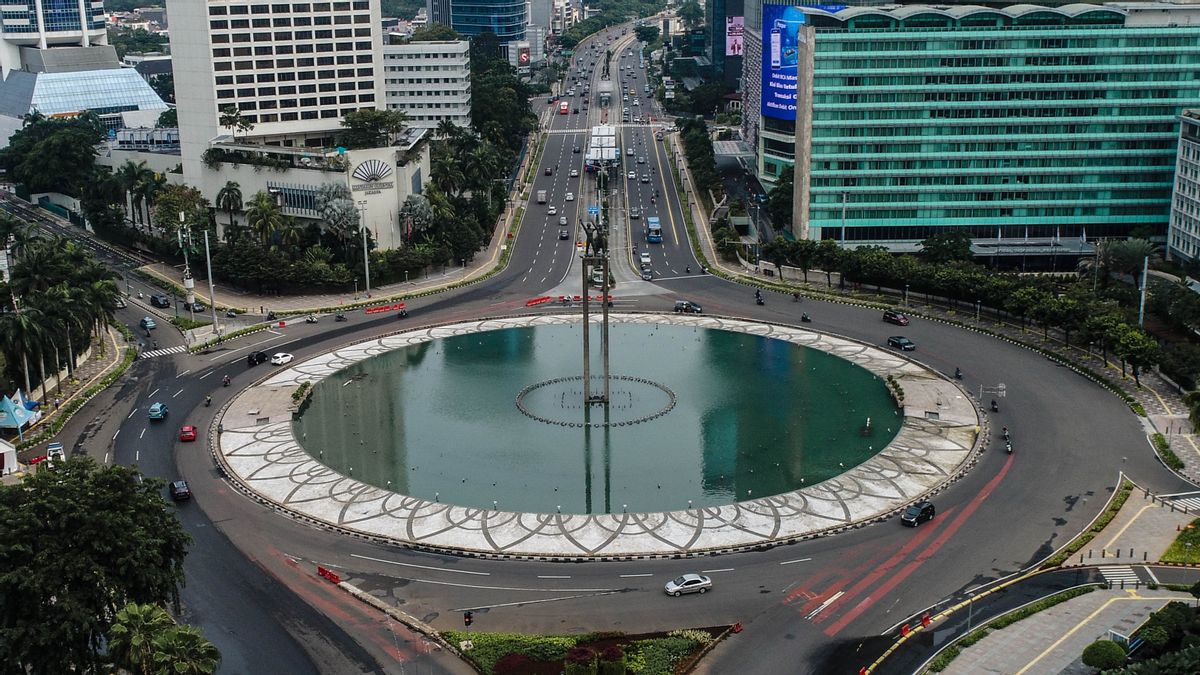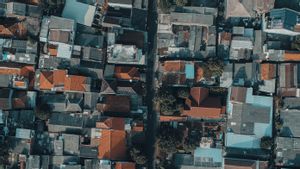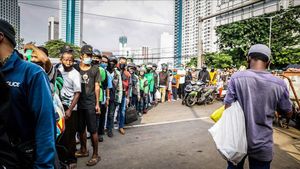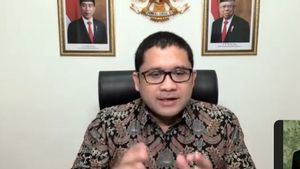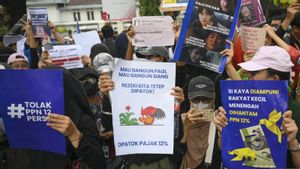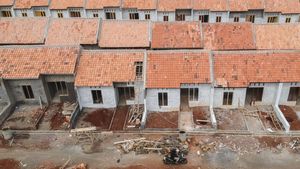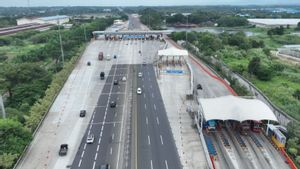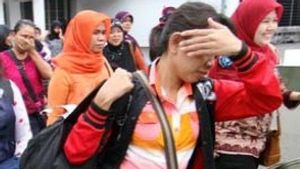JAKARTA - The Institute for Development of Economics and Finance (Indef) assesses that the government does not have a clear roadmap or roadmap in developing national industrialization. This is one of the causes of the decline in Indonesia's status from an upper-middle-income country to a lower-middle-income country.
For your information, the World Bank has set a new class or a new species that the upper-middle-income country ranges from 4,096 to 12,695 dollars per capita. This classification increased from 4,046 dollars to 4,096 dollars per capita.
Last year, Indonesia was at the level of a middle-income country with a Gross National Income (GNI) of 4,050 dollars per capita. Meanwhile, this year, Indonesia's GNI is only 3,870 dollars per capita.
Senior Economist of Indef, Didin S Damanhuri, said that when compared to Malaysia and South Korea, industrialization in Indonesia is very far behind. Even though all countries are currently experiencing a crisis due to the COVID-19 pandemic, the two countries are still able to maintain their industrial performance.
"Here we say that the industrialization strategy has no grand design, no blueprint, and no concrete roadmap. Even though there are documents per document, they are not concrete, there is almost no perspective", he said in an online discussion in Jakarta, Tuesday, July 13.
Didin explained that the industrialization strategy in boosting the economy in Indonesia began in the 1980s. However, until now there has been no significant change in its journey. In fact, problems have occurred long before the pandemic broke out without the government realizing it.
SEE ALSO:
Didin said, as a result, this condition made Indonesia fall into the middle-income trap.
"There is a structural problem, why not only does Indonesia lag behind South Korea and Malaysia but could be threatened with the trap of middle-income countries," he said.
According to Didin, several problems in the country make it difficult to become an upper-middle-income country, namely the large population of 270 million people.
Not only that said Didin, but Indonesia's territory also consists of islands, and the composition of its population is very heterogeneous so that the policies taken are often different.
"But the first structural problem is that there is no industrialization strategy, especially in the reform era. The final impact on technology content in economic growth was still positive during the Soeharto era, while the reform era was negative", he said.
The English, Chinese, Japanese, Arabic, and French versions are automatically generated by the AI. So there may still be inaccuracies in translating, please always see Indonesian as our main language. (system supported by DigitalSiber.id)
